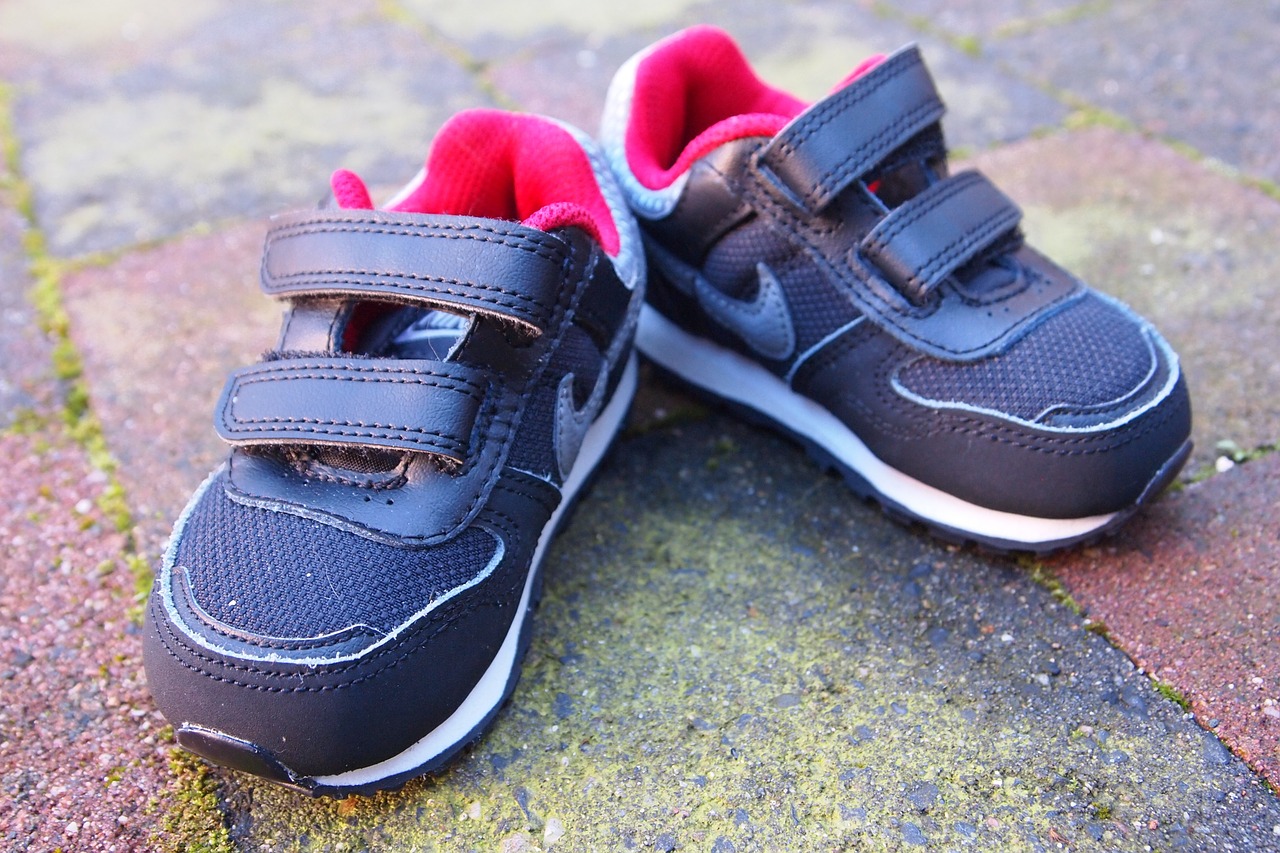Myth: NASA invented Teflon and Velcro
Interview with
In this week's Mythconception, Kat joined the Space Race in search of the  truth...
truth...
Kat - As British astronaut Tim Peake settles back into life here in earth, he'll probably be using several objects and materials that will be familiar to him from his mission, which were invented by NASA for their space missions. Maybe he's strapping on trainers with Velcro fastenings to go for a run, or frying up some breakfast in a Teflon-coated non-stick pan. Well, whatever he's doing, the real story is that although it's widely thought that Velcro and Teflon were invented by NASA for use in the space programme - they actually weren't.
Let's start with Velcro. It's true that the 1960s Apollo missions probably did more to popularise this useful material than anything else at the time - using it to secure items in spaceships under zero gravity, as well as fastening suits, sample collection bags and much more in the famous 1968 moon mission. But Velcro was actually patented in 1955, after being invented by a Swiss engineer named George de Mestral in the late 1940s, long before the space programme got going. He was out walking his dog one day and noticed that the poor creature was getting little seed pods, or burrs, caught in its fur. Looking more closely, he saw that the pods were covered in tiny hooks, which were locking into hairy loops in the furry coat of his pet but could be pulled off relatively easily. De Mestral then set about perfecting a two-component fastener system, with one part covered in tiny hooks and the other covered with soft loops. He called it Velcro - short for "velours crochet", the French for 'velvet hook' - and it soon became widely used for all kinds of domestic, industrial and military purposes, including heading out into space.
Then what about Teflon? Also widely used by NASA and other space agencies in heat shields, space suits and other structures and equipment, it's also a commonly held belief that NASA invented the stuff too. But, like Velcro, its invention predates the space race. Discovered by accident by DuPont Company scientist Roy Plunkett in 1938 while he was researching chemicals called chlorofluorocarbons, Teflon was first made when Plunkett stored some canisters of tetrafluorethylene gas at low temperatures to use for a chemical reaction at a later date. When the time came for his experiment, Plunkett was baffled to discover that the containers were no longer full of gas, but instead contained a white powder with some very unusual properties - it was resistant to heat, didn't react with other chemicals, and was also very slippery. Unexpectedly, the molecules of tetrafluorethylene has joined together - or polymerised - to create the world's first Teflon. And while it's tempting to believe that the stuff coating your non-stick frying pan has its origins in rocket science, it's sadly not true.
However, there are many useful devices and technologies that were invented by NASA that have made their way back down here to earth. For example, pressure suits based on astronaut's anti-gravity G-suits are now being used to treat women who suffer from severe bleeding after giving birth - a problem that claims around 70,000 women's lives every year, many of them in the world's poorest countries.And the miniaturised cameras developed by NASA's Jet Propulsion Lab in the 1990s, known as CMOS sensors, are used in most of the world's camera phones today. So while you're busy Snap-chatting, Instagramming or chasing Pokemon round the place, spare a moment to be grateful for this truly space-age technology.










Comments
Add a comment